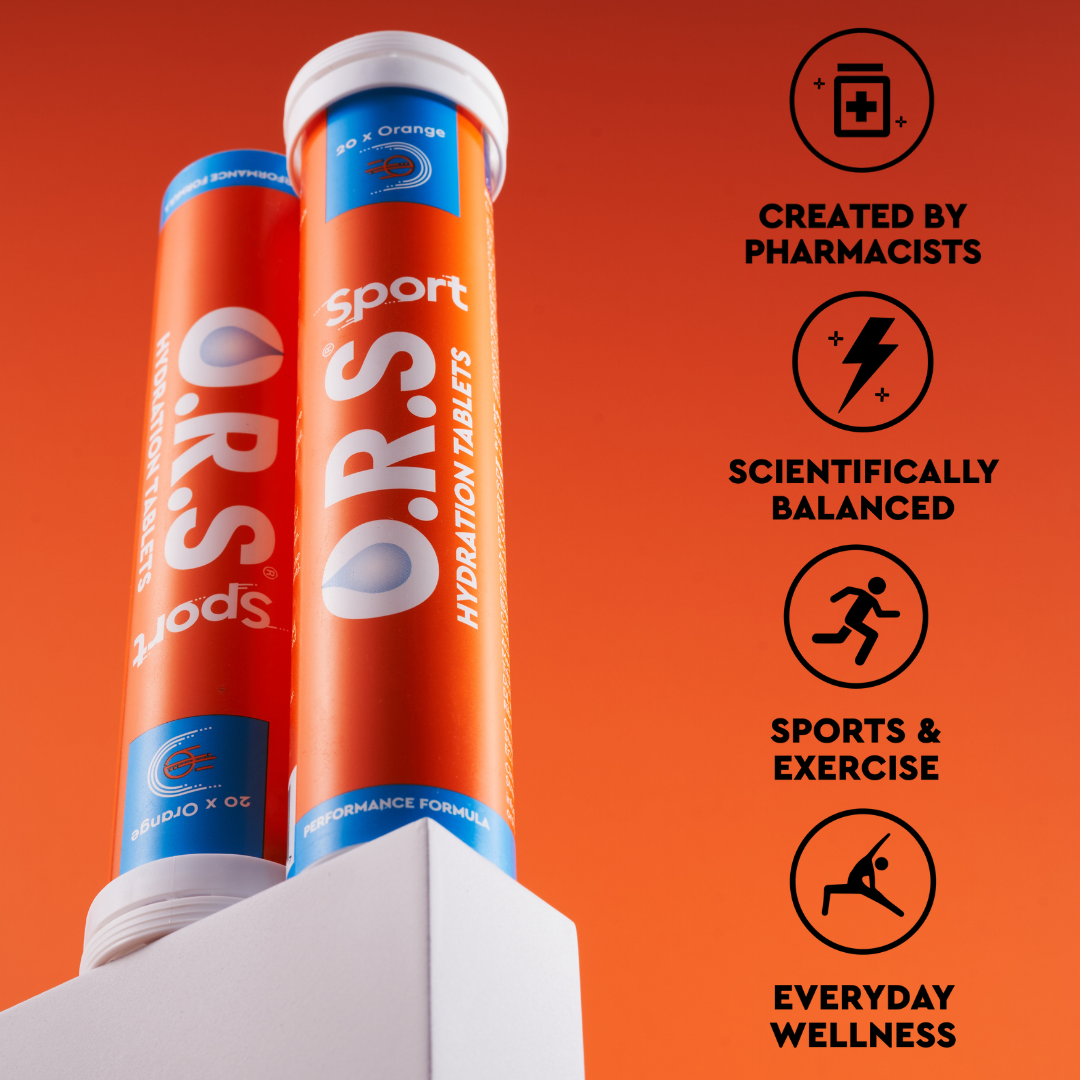
Dos and Don’ts of Marathon Training: Top Tips for Success
Share
The marathon season will soon be here. If you are training for a big event during the next few months, no doubt you will be aware that it takes stamina and endurance to complete the 26.2 mile course. This means that you need to prepare yourself physically and mentally with a rigorous training routine, and plan your tactics to help you perform well on the day.
There’s a wealth of information out there about training routines, nutrition and running techniques, and it can be easy to feel overwhelmed and bogged down in details. However, the key to success is to find a routine that works for you, taking into account your current fitness levels, any health issues or past injuries, prior experience, and so on.
If you find a training routine that you enjoy, you are much more likely to stick with it and have fewer of those days when energy and motivation are at a low ebb. This is obviously something that will be unique to you and may take some trial and error, but it’s helpful to read up on some general tips to get started.
Here are some general do’s and don’ts of marathon training to set you off on the right foot!
Dos Of Marathon Training
Do Monitor Your Nutrition
Your body is fueled by what you put into it, so it’s crucial that you are eating a well balanced diet to provide a steady release of energy. Aim to have a good balance of carbs, protein, and fibre with every meal, and adjust the quantities to your body weight, gender, and activity levels.
Do Monitor Your Hydration Levels
It’s just as crucial to monitor your hydration levels. Our bodies are made up of 60 to 70 per cent water, and as soon as we increase our level of physical activity we start to lose fluids through sweat. This is a natural process that helps to keep us cool, so you shouldn’t try to prevent it.
However, when we sweat profusely and enter the dehydrated state, we can no longer regulate temperature effectively. This lowers the blood volume and increases the heart rate, making it more difficult to run efficiently. The body will struggle to convert nutrients into energy, affecting both your mental and physical endurance.
The first step is to make sure you are well hydrated before you set off. Avoid drinking large quantities immediately before you leave the house, but gradually hydrate yourself in the hours beforehand.
During the race or training session, you should try to take a few sips of fluid every 20 minutes. The exact quantities you need will depend on variables such as the weather conditions, your BMI, age, sex, and the intensity of your pace. Therefore you should use your training sessions to work out your optimum hydration levels.
Remember that we not only lose fluids when we sweat, but also essential minerals such as sodium, calcium, and potassium, which help the muscles to function properly and maintain fluid balance. Therefore many athletes will take electrolyte tablets to optimise their performance and help them to rehydrate faster after an event.
Do Vary Your Training Methods
It is important to include a variety of training methods to ensure well-rounded fitness and avoid putting excessive strain on your joints. Running is a high-impact exercise, so combine it with some low-impact activities, such as cross training, swimming, and strength training. This will boost your cardio fitness and improve your running performance.
If you live in a hilly area, try to include some uphill work in your weekly runs, because this will help to build strength in your glutes, hamstrings and quads and elevate your heart rate. The extra strength will give you greater speed and stamina on the flat.
Do Learn To Pace Yourself
The key to completing a marathon is learning how to pace yourself. At first, run at whatever pace you feel comfortable with to build up your fitness and distance levels. However, as the event gets closer, adapt your speed to your target finishing time, even if you are covering shorter distances.
This will help you get familiar with the pace you need to maintain on the day, and prevent you being pushed too fast or held back by the crowd. Training consistently for a few hours each week is more effective than going on a long and exhausting run at the weekend, so if you possibly can try to schedule in at least two shorter weekday training sessions.
Don’ts Of Marathon Training
Don’t Be Inconsistent With Your Training Sessions
If you miss a training session, don't be tempted to catch up by cramming in a double length session the next time you train. This will put too much stress on your body and increase your risk of sustaining an injury. You should ideally start your training at least four months before the event and train at least two to three times a week, building up to four or five times.
Don’t Neglect Your Rest And Recovery Time
Rest and recovery are vital to good athletic performance, so don’t feel the need to run yourself into the ground. Optimise good sleep to help your mind and body replenish during the night. Don’t sweat getting in the full eight hours if you are not a naturally good sleeper, but instead focus on the quality of your sleep.
Have a wind-down routine starting an hour before bedtime and avoid scrolling through your phone or consuming caffeine. Invest in some blackout curtains to help keep your bedroom dark and cool all night, and try to go to bed and get up at the same time every day.
Don’t Ignore Your Body’s Warning Signs
It is inevitable that you will experience the odd passing pain or discomfort when you are training for a marathon, because it’s a huge demand to ask of your body. However, if you have a sharp or persistent pain you should pause your training and seek medical advice.







